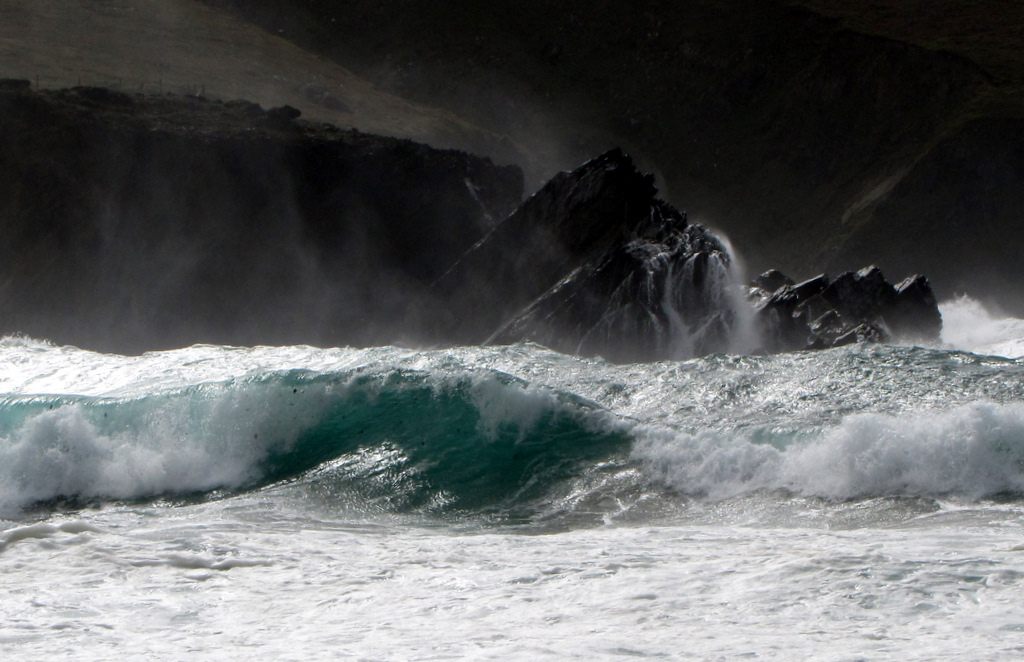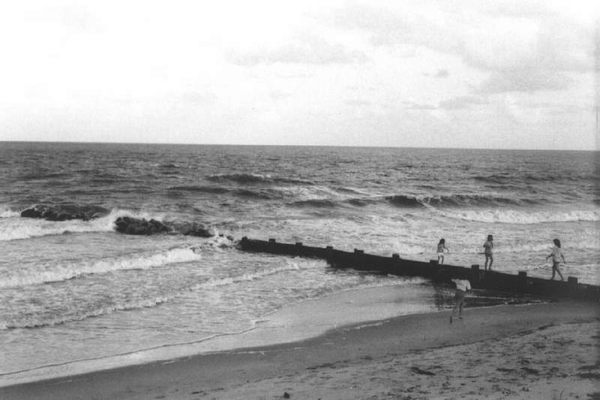The Long Legacy of Ireland’s ‘Night of the Big Wind’
Before the Great Famine, the country experienced a storm that left a lasting mark.

In October of 2017, Hurricane Ophelia hit Ireland, knocking out power to thousands of residents and killing at least three people. The storm caused serious damage, but it was far from the first time the island has weathered catastrophic winds.
In 1839, a massive storm raged across Ireland, causing unprecedented destruction. Called “Oíche na Gaoithe Móire” in Irish, The Night of the Big Wind took place on Sunday, January 6, 1839, hitting the country with little warning. By the time the tempest had finished cutting a destructive swath across the Emerald Isle, it had also left a mark on the national psyche that can still be felt today.
The night before the day of the storm, snow had fallen, and the skies were still filled with slaty clouds that morning. By midday, rain had begun to fall in parts of the country, and as the afternoon went on, temperatures began to rise, bringing an unseasonable warmth. While some scholars had begun to record climate information by the late 1830s, weather forecasting was still more guess work than science, and the odd warmth did not portend what was brewing off the Western coast of the country.
By around 9 p.m., the temperature had dropped, wind speeds had grown to near gale force, and most of the country’s approximately 7 million residents were huddled in their homes for the night. But the storm kept growing. By midnight, winds reached hurricane strength, tearing a northeastward path up the length of the country until about 5 a.m. the next morning. It eventually continued on to England where it petered out, but not before leaving Ireland a wreck, with nearly every corner of the island affected.
In the most heavily damaged areas, whole houses, which for many were stone constructions, were blown down, roofs torn off. Raging fires started as hundreds of chimneys were swept away, throwing burning embers that were then nourished by the winds. Thousands of trees were uprooted and dozens of ships along the coast were destroyed.

Fish were said to be found some six miles inland. One story claimed that the storm blew all of the water out of a canal until it was “nearly dry.” Survivors claimed that the winds were so strong that they could not stand outdoors, and were forced to crawl around on all fours looking for shelter.
Many people died during the storm. Some were crushed by falling buildings, some drowned in flood waters. Sailors were lost at sea after their ships were destroyed, and still others died later from injuries suffered during the storm. News reports from just after the incident put the body count in the hundreds. More recent investigations put the number closer to 90-150, but the exact number of lives lost to the Big Wind will likely never be known.
For as much damage as the storm did to the people and places of Ireland, it also left a huge mark on the nation’s culture. Some survivors leaned on local folk myths, and blamed the destruction on the work of fairies who were celebrating a feast day (alternatively, a version of the story had it that fairies created the storm as they left Ireland altogether). Many more blamed the calamity directly on God, since it occurred on January 6, the traditional Day of the Epiphany.
The event left such a mark on the people of Ireland that it became a sort of temporal benchmark. For example, as noted in a recent Thought Co. article, in 1909 a small government pension was offered to all Irish citizens over the age of 70. But most of the people eligible for the assistance had no proof of their age. So instead, investigators would ask them to recount their memories of the Night of the Big Wind to prove their age.
Just a few years later, Ireland would be plagued by the onset of the Great Famine, pushing the frightening memories of the Night of Big Wind out of the trauma spotlight. Since then, Ireland has its fair share of massive storms, like Hurricane Debbie in 1961, and Hurricane Ophelia this year, but the storm of 1839 is still considered by many to be the most destructive to visit Ireland in hundreds of years. If Ireland is indeed lucky, it will stay that way for a hundred more.





















Follow us on Twitter to get the latest on the world's hidden wonders.
Like us on Facebook to get the latest on the world's hidden wonders.
Follow us on Twitter Like us on Facebook